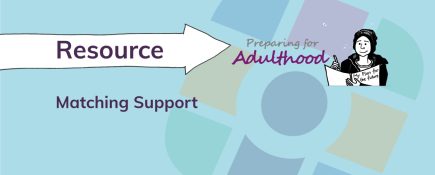
Matching Support
The matching support tool is a simple way to record what is needed to create the best match.

The matching support tool is a simple way to record what is needed to create the best match.

This tool is a way of having a conversation with someone to find ways to enable them to be part of their community.
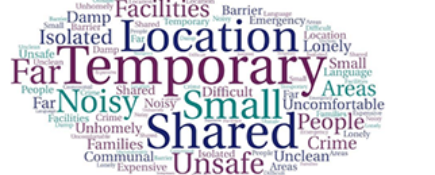
The aim of this research is to look at the potential benefits of a hosting arrangement for this group of women, compared to common alternatives used, or the absence of provision.
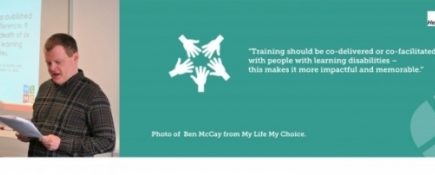
Making sure health professionals have the training they need to support people with learning disabilities is a project commissioned by the South Regional Health Education England Intellectual Disabilities programme.
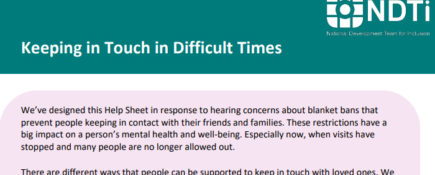
There are different ways that people can be supported to keep in touch with loved ones. We share these in the Help Sheet with examples we have heard about.

Findings from the evaluation of the 2019-20 Leadership Programme are overwhelmingly positive. Participants are overall very satisfied with the course and feel their leadership knowledge and skills have improved.
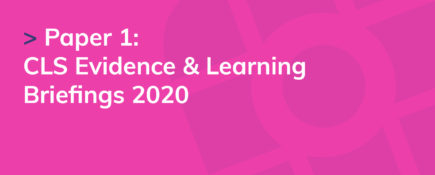
This paper is the first in a series of six briefings produced by the CLS Evidence & Learning Team, to share findings and lessons from the second major round up of data, stories, evaluation findings and programme lessons exploring the impacts of community led support across the UK.

Care home residents benefit from getting out, building relationships with other citizens beyond the care system and contributing to wider community life and this is the focus of the Time to Connect project.
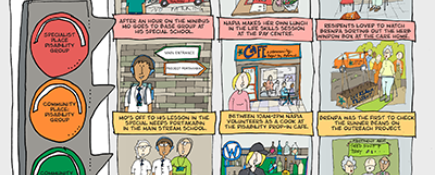
The inclusion traffic lights help us think about the places people go and the people they connect with.
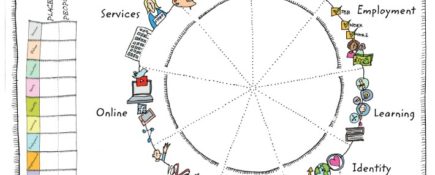
The Inclusion Web is a tool that can be used to: Help you to get to know another person better (or yourself), by asking really good questions and recording what you learn on a chart Help you to plan and build an included life full of positive roles and relationships in the wider community beyond the health and social care system See at a glance how things have changed over time, by repeating the exercise and comparing the charts Generate numbers and apply statistics to find out if your efforts have been effective.
Page 18 of 20 pages < First ‹ Prev 16 17 18 19 20 Next › Last >
Thank you for taking the time to subscribe.